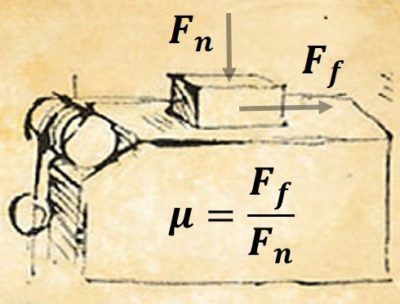Today, I will talk about my field of work. Tribology: the science of friction, wear and lubrication #SciComm [Thread]
Whenever I mention & #39;Tribology& #39; in a conversation, half of the listeners are clueless and the other half assume I study tribes/tribals. The term, however, originates from the Greek word tribos, “to rub”, i.e. the science of rubbing ( #haun, I know).
Immediate examples of applications of Tribology: shoe soles and vehicle tires are textured to prevent skidding (that& #39;s a whole sub-discipline called surface texturing); Yoga mats have an anti-slip base; you would silence a squeaky door hinge by oiling it.
The classic & #39;slipping on banana peel& #39; is another great example of a ubiquitous (and yet complex) process. A Japanese team won the 2014 Ignobel prize for Physics for studying the "Frictional Coefficient under Banana Skin" https://www.jstage.jst.go.jp/article/trol/7/3/7_147/_article">https://www.jstage.jst.go.jp/article/t...
The word & #39;Tribology& #39; is fairly recent(1966). It& #39;s application, however, dates back to early stone age where the hominids discovered how to kindle a fire using friction. Leonardo da Vinci is credited to be the first Tribologist, who conducted actual experiments with friction.
Early on, Tribology as a separate discipline focused mainly on failure of mechanical elements. Recent developments in the field have pushed this little known branch of science into the spotlight.
Its applications are now found across subdisciplines and scales, ranging from phenomena at a microscopic scale—disk drive storage (Nanotribology) to friction of tectonic plates and giant glaciers (Geotribology). The more recent developments - Biotribology and Green tribology.
Biotribology, for instance, deals with how artificial implants wear and corrode inside the body, or how contact lenses interact with the eye, or even how friction forces between the tongue and palate, lubricated by saliva, affect wine tasting! https://theconversation.com/what-makes-wine-dry-its-easy-to-taste-but-much-harder-to-measure-123506">https://theconversation.com/what-make...
Tribology has a strong foothold on the global energy consumption; a famous 2017 study estimated that around 23% of the world’s total energy consumption originates from tribological contacts. In other words, a large part of this energy can be regained by optimising the contacts.
In a very informative piece, @AdrienneEve writes: "How can a field so pervasive in nature and everyday life remain virtually invisible in both private and public spheres? In part, because tribology itself is built on unseen forces all around us." https://www.popularmechanics.com/science/a31996381/what-is-tribology/">https://www.popularmechanics.com/science/a...
What I do: Tribology is an interdisciplinary field comprising physics, chemistry, materials science, thermo and fluid dynamics to name a few. I approach the problems within tribology from a materials science point of view.
Some of my work so far has been in railway tribology, where I study a certain phenomenon called "Rolling Contact Fatigue" (RCF), which is one of the major causes why railway tracks develop cracks and eventually give away, leading to derailments and worse.
I also study methods, including coatings and lubricants, to combat friction, wear, fatigue and corrosion in different environments, on different types of surfaces and contact situations (as you may guess, contact mechanics is an indispensable part of Tribology).
Other than that, I love talking about Tribology to curious minds, like I am doing here in the Lower Austrian research festival last year. That& #39;s all folks! [Fin]
(Photo by Klaus Ranger)
(Photo by Klaus Ranger)
Unrolled version of the thread: https://threadreaderapp.com/thread/1250361538789224448.html?refreshed=yes">https://threadreaderapp.com/thread/12...

 Read on Twitter
Read on Twitter
 Other than that, I love talking about Tribology to curious minds, like I am doing here in the Lower Austrian research festival last year. That& #39;s all folks! [Fin](Photo by Klaus Ranger)](https://pbs.twimg.com/media/EVqTZ93WoAEA7Yy.jpg)


